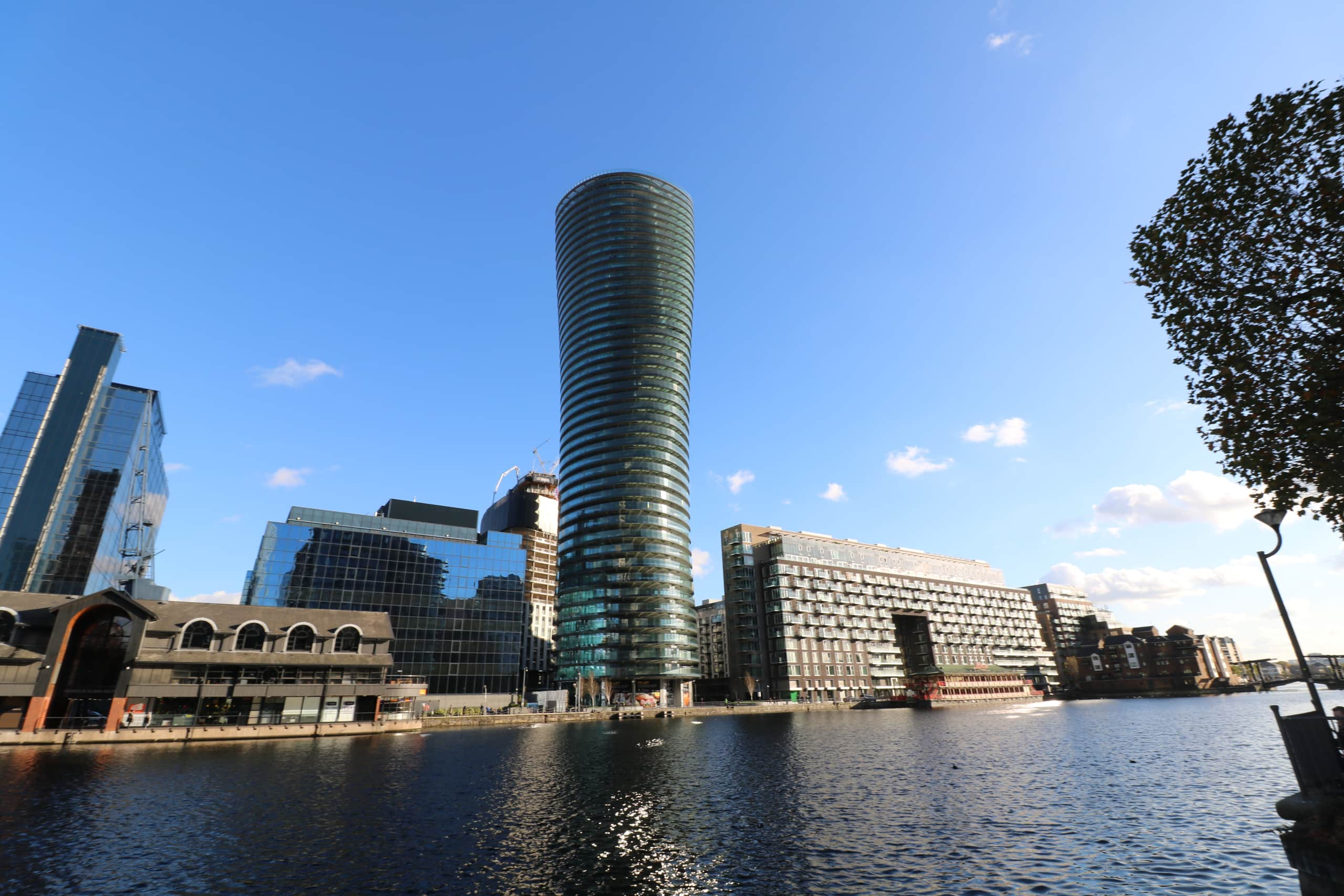Choosing the Right Materials for Balcony Design
It is not always easy to define the best materials to use in balcony construction. Stainless steel, aluminium and mild steel have all been used in the past for different elements of a balcony, but in recent years galvanized steel has been specified by many designers in the UK.
Balconies can now have several metals included in the design, each metal used for its own unique properties. Standards and regulations need to be met throughout a building and the choice of materials in the light of this is high on the safety agenda.
Materials: Meeting the required design life
Balcony materials must meet certain standards and be non-combustible. All three metals used in balcony design meet this condition. Most designers and warranty providers require a 60-year design life and although aluminium and stainless steel meet these requirements, it’s important to note that mild steel should have a hot-dipped galvanized coating to ensure adequate warranty. Soffits are a good example of a product that needs special attention to ensure that the material withstands wear and tear. As they perform a drainage function they are subject to prolonged water contact and non-corrosive lightweight aluminium is often the favoured choice for soffits.
To minimise corrosion risk, designers can choose stainless steel but need to consider the use of 316 (marine) grade to avoid contracting impurities while exposed to the elements. Aluminium does not rust and works well with stainless steel fixings. However, galvanised steel and aluminium are dissimilar metals and will probably need to be isolated to avoid galvanic corrosion.
Fire performance
Since the 2018 fire regulations were put into place in the UK, many designers might ask whether it is best to use aluminium or steel for their performance in a fire. The short answer is that both metals are class A1 non-combustible. While steel will outlast aluminium in the length of time during a fire, due to its higher melting point, by the time temperatures reach the sustained heat level required for aluminium to melt (660.3⁰) any possibility of escape via the balcony has long since passed. It is important to note that to get all metals to 660 degrees takes different amounts of heat, aluminium for example will take far more energy than steel.
Aluminium does have one advantage over steel though. Following testing Sapphire carried out at Exova Warrington fire, it was shown that the aluminium soffit kept the area above a fire source cooler during the first 30 minutes, due to its capacity to ‘heat-sink’ rather than retain heat. This is particularly important as this initial period is essential for escape.
Design flexibility
All these metals are easy to profile and fold and all can be welded. Aluminium lends itself better to more tailor-made profiles, making it a cheaper option for deck boards and handrails. When it comes to finishes, galvanised steel has to be corrosion treated before adding an aesthetic coating while stainless steel and aluminium coat well and don’t need a galvanised protective coating first. Aluminium can also be anodised or brushed to create the appearance of stainless steel for a lower cost.
Of course, for balconies, strength and weight of the materials is a constant consideration. The strength comes primarily from the anchors, so the lighter the balcony and stronger the anchors, the fewer anchors you need and the more cost savings you make. Using an aluminium frame, decking, soffits and vertical bars could mean the total weight of a typical balcony would be around 500-700kg whereas a similar aesthetic design in steel with WPC decking would be at least 1500kg.
Materials and making a sustainable choice for balconies
Aluminium frames are a sustainable choice as the metal is highly recycled. The process requires less energy and contracts minimal contaminants. Steel, on the other hand, requires a more energy-intense process due to the need to separate coatings. Aluminium, because of its lightweight properties, needs fewer connections, which in turn means less heat loss from the building. Both the embodied carbon and the operational carbon are generally less when using aluminium.
The best approach
The use of a hybrid of three materials in balconies is the best choice, purely because of the inherent properties of each metal. Stainless steel stubs perform best thermally, have great strength and are corrosion resistant. Galvanised steel is best used in stubs and arms which are best suited to transfer moment forces to slab edge and resist deflection. Aluminium is best for Cassette frames, soffits and decking and is lighter weight, corrosion resistant, cost effective, more sustainable, requires fewer connections and is better suited for custom shapes.
